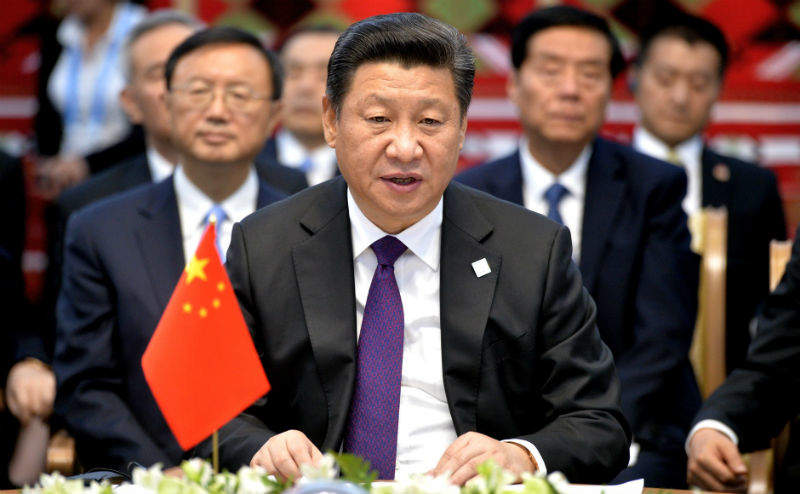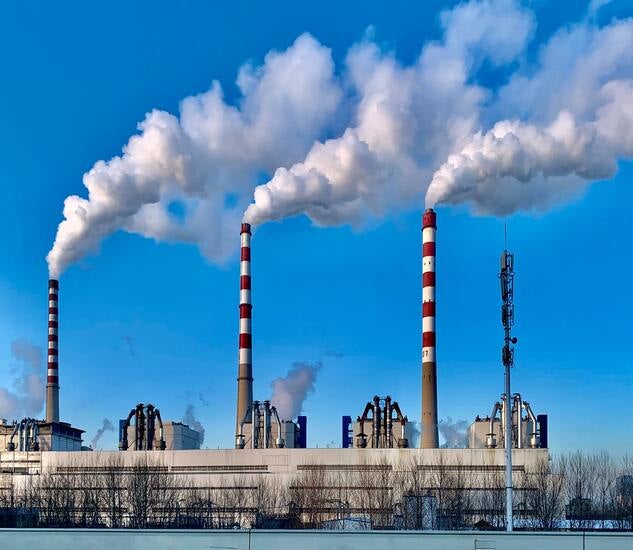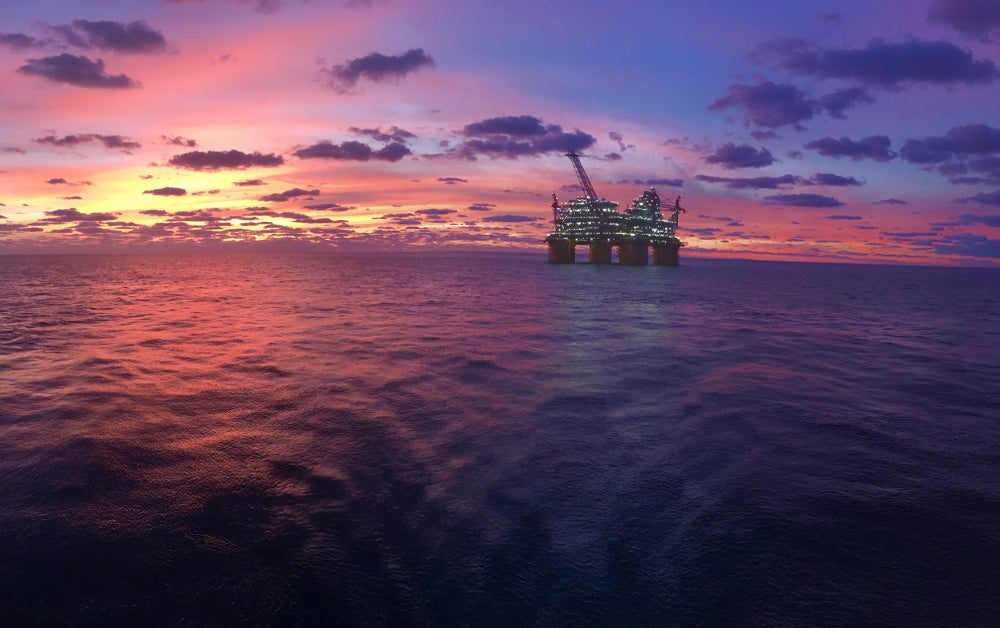In September 2020, President Xi Jinping announced that China will aim to achieve carbon neutrality by 2060, and that CO2 emissions will reach a peak before 2030.
This is a very significant climate pledge, as China is the world’s largest emitter of carbon dioxide, accounting for one-third of global CO2 emissions. The worldwide effort to limit global warming to only 1.5 degrees is heavily dependent on the speed at which China can reduce its emissions.
How well do you really know your competitors?
Access the most comprehensive Company Profiles on the market, powered by GlobalData. Save hours of research. Gain competitive edge.

Thank you!
Your download email will arrive shortly
Not ready to buy yet? Download a free sample
We are confident about the unique quality of our Company Profiles. However, we want you to make the most beneficial decision for your business, so we offer a free sample that you can download by submitting the below form
By GlobalDataCoal is still dominant in Chinese energy production
China’s imports of coal in November were 35.05 million tons, the highest figure since the beginning of the year. Coal imports from January to November 2021 amounted to 292.3 million tons, which is a 10.6% increase in comparison with the first 11 months of 2020.
While this appears to be moving in the wrong direction of achieving carbon neutrality by 2060, it may be due to the mitigating circumstances of the global gas crisis that occurred in the latter half of 2021.
The price of Liquified Natural Gas (LNG) exploded upwards in 2021, due to a perfect storm of factors, including lower production, increased consumption due to an unexpectedly cold winter in 2020, and the expectation of another cold winter. The price spike of LNG was felt especially hard in Asia, where a lot of countries are heavily reliant on natural gas in energy production.
In China, many factories were forced to cut production in order to address a shortage of coal which had begun to become a problem in September. This shortage was due to the gas crisis, as well as China stopping purchasing coal from Australia, formerly their largest source of imported coal. This paired with a cold winter led to an increased usage of coal in order to meet the ever-growing electricity demand. This shortage became so alarming, that the Chinese authorities ordered more than 70 mines in Inner Mongolia to increase domestic coal production by almost 100 million tons.
Renewables are the solution to China’s energy problem
In an effort for China to reach its publicly declared goal of hitting a peak level of carbon emissions by 2030, followed by carbon neutrality by 2060, China aims to increase the percentage share of energy that is produced by non-fossil fuels to approximately 20%, up from the current level of about 15%.
The 14th annual Chinese five-year plan highlighted the aim to increase investment in “wind, solar, electric vehicle and battery storage technology deployment” as well as “support for green hydrogen and carbon capture technology.” This is significant as China, compared to other countries, already produces large amounts of renewable energy, it just isn’t anywhere close to reaching the gigantic electricity demand.
China already produces the most wind energy in the world, with the capacity to produce over double that of the United States. Similarly, in 2019 China built more solar power generators than any other country and has about one-third of the capacity for solar generation.
Crucially, there are no plans to reduce energy demand in the coming years, China plans to continue heavily investing in renewables, investing 0.9% of its GDP (the third highest in the world, behind Chile and South Africa).









